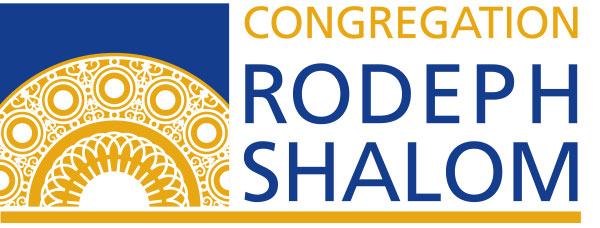I have always loved mazes. When I was in Hawaii a few years ago, I visited the giant pineapple maze of the Dole Plantation. When studying in England, I visited the amazing hedge maze of Hampton Court. And while on recent trip to Montreal, I was thrilled to discover that an abandoned warehouse on the waterfront had been transformed into Le Labyrinthe.
Recently, however, I discovered a whole new type of labyrinth. This summer, while at a wedding in the Texas Hill Country with my fiancée, Laurel, I came across the most wonderful thing. It was a simple path of stones that wound though a circle in an amazing geometric pattern. There were no choices of which direction to go. No difficult riddles to solve or giant scary trolls waiting to capture me. It was just a simple path to walk. As I walked the path to the center of the circle and then back out again, I found my mind wandering. Thinking of my life, how I had come to this place and where I was going. I left the labyrinth feeling refreshed and renewed.
Continue reading
